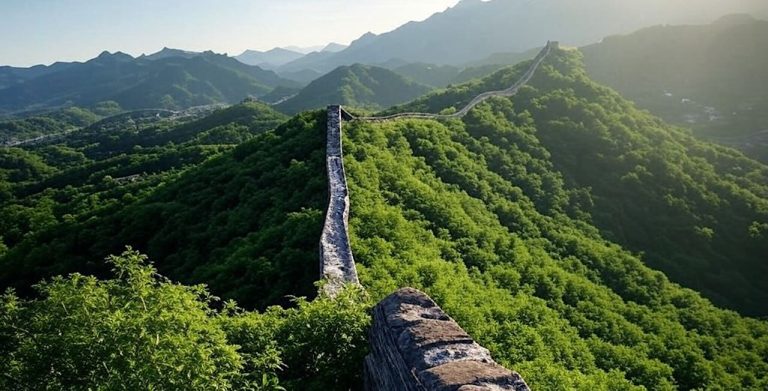
Studies from central China, Russia and central Europe show that the same (or more) warming and drought existed before 1900, or when CO2 concentrations were below 300 ppm. [emphasis, links added]
A new reconstruction of winter (minimum) temperatures in Central China from 1606 to 2016 (Jiang et al., 2024) reveals Cold periods occurred only in 9 years in the 1600s (1663-1672), but there were 71 cold periods in the 20th century (1900-1942, 1959-1979, 1985-1994).
especially, In the 1600s and 1700s, carbon dioxide concentrations hovered around 278 ppm, but rose from 290 ppm to 370 ppm in the 1900s.
From 1650 to 1750, winter temperatures in Central China were 0.44°C higher than in the 20th century.
The author was surprised by this temperature result, The period from 1650 to 1750 belonged to the Little Ice Age.
“Surprisingly, between 1650 and 1750, the minimum winter temperature in the study area was about 0.44°C higher than in the 20th century, which is significantly different from the concept of a 'cooler' Little Ice Age during this period. This result is supported by Validation of temperature results reconstructed from other tree-ring data in nearby areas confirmed the credibility of the reconstruction.
Finally, it should be noted that The temperature in 1719 (-3.17°C) was 1.4°C higher than the average temperature from 1961 to 2016 (-4.57°C).

New precipitation reconstruction for Central Europe 1803–2020 (Nagavciuc et al., 2025) determined Droughts in the 1800s were longer and more pronounced than in the 1900s because the 1900s were relatively wet.
Only the most recent period (2007-2020) experienced extreme drought, but None exceeded the severity of the drought years of 1818-1835, 1845-1854 and 1882-1890.
“Interestingly, the most extreme periods of wetness occurred in the 20th century, while the most extreme periods of drought occurred in the 19th and 21st centuries.”

Finally, another new precipitation and temperature reconstruction from the Russian Altai Mountains (Kirdyanov et al., 2024) shows Since the 1500s, “summer temperature signals have been stable,” with no significant trend changes outside the long-term average.

Read more in the Trick-Free Zone
